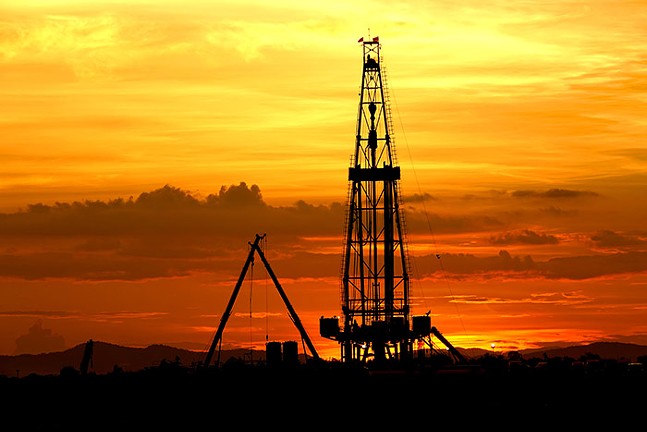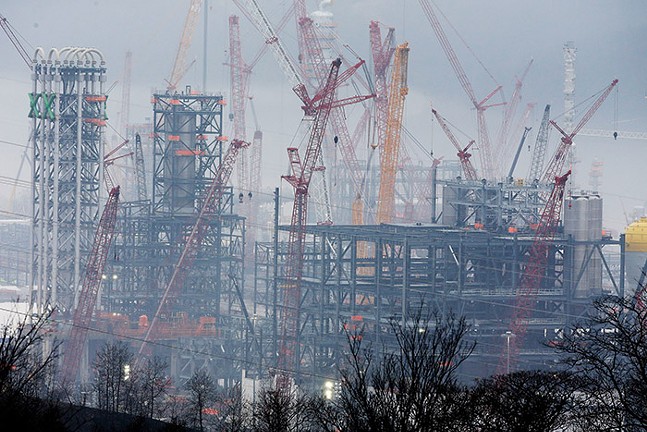According to a study published yesterday in the Proceedings of the National Academy of Sciences, this single explosion emitted a gargantuan amount of methane into the atmosphere. Over the 20 days it took for Exxon to plug the well, more than 57,000 metric tons of methane was released, at a rate of about 120 metric tons of methane per hour.
This figure, from one well in less than three weeks, eclipsed the annual amount of methane that is emitted by the oil and gas industries of France, Norway, and the Netherlands combined. The Ohio blast is now the largest known methane leak on record in the U.S. and was twice as large as the previous largest leak that occurred at an oil and gas storage facility in California in 2015.
Methane is an extremely powerful greenhouse gas. Studies vary, but methane is generally considered to be between 25-84 times more potent of a greenhouse gas than carbon dioxide.Terrifying story about a blowout in Ohio that released "as much methane as the entire oil and gas industries of some nations release in a year." EDF - which has aggressively pushed NatGas as a "bridge fuel" - explains that this could be happening every day https://t.co/ghGT74IjBx
— Naomi Klein (@NaomiAKlein) December 17, 2019
The study determined the scope of the leak using satellite technology, and the authors praised the mapping system to reveal just how damaging the incident was in terms of how much greenhouse gas was emitted.
“In this specific case, the magnitude of a relatively unknown yet extremely large accidental leakage was revealed,” reads the study.
According to Bloomberg News, Exxon said that they “deeply regret” the event in Ohio and have instituted safeguards and procedures to prevent future explosions. “We are eager to learn more, and our scientists are currently reviewing the study and its assumptions,” reads a statement from Exxon.
This news comes at a highly contentious time for the natural gas industry in the Greater Pittsburgh area and the Ohio River Valley. Natural gas boosters and some area politicians want to support growth in the industry by creating a natural gas storage hub in the region, and build more cracker plants in the Ohio River Valley.
Cracker plants refine natural gas into plastics. One cracker plant, owned by Shell, is currently under construction in Beaver County. Exxon was reportedly interested in building another cracker plant just downriver from the Shell plant.
Natural gas power plants are Pennsylvania's largest electricity producer, just ahead of nuclear power plants.
In some parts of the country, like Oklahoma, renewables have begun to compete with natural gas as an energy producer. A recent study from the Rocky Mountain Institute predicts that renewable power plants will overtake natural gas power plants as the country’s biggest electricity producer by 2035.
However, if more cracker plants are created, there will still be a significant demand for natural gas.
Some more environmentally minded politicians, like Pittsburgh Mayor Bill Peduto and state Rep. Summer Lee (D-Swissvale), are opposed to future cracker plants in the region and are hoping the natural gas industry will eventually be replaced by renewable energy, like wind, solar, and biomass.
They say the pollution and climate change effects of fracking are too high and could hurt the region down the line. Proponents argue that the rural and exurban jobs created by the natural gas industry are necessary for the regional economy.
















